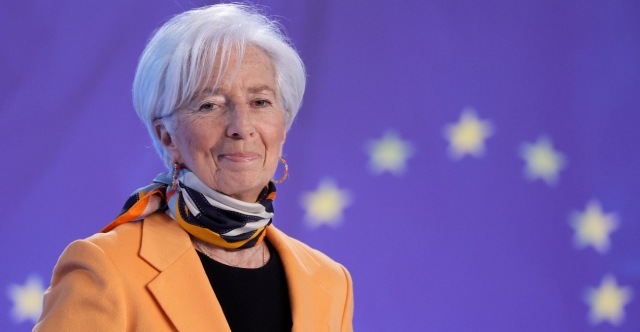The European Central Bank is anticipated to announce another interest rate cut during its meeting today (Thursday), with officials considering various options for upcoming meetings as the possibility of a halt in expansionary policies increases this summer.
If these predictions hold true, it would mark the eighth rate reduction in the past 13 months, as the ECB seeks to support a Eurozone that continues to lag behind despite a noticeable decrease in inflation.
Stabilization of Inflation and Indications of a Pause
With inflation now safely distanced from its post-pandemic peaks and within the 2% target, a further drop to 2.0% seems likely. Attention is now directed toward forthcoming comments from ECB President Christine Lagarde regarding policy direction.
Market sentiment already indicates a pause in July, while several cautious central bankers are calling for a “pause” to reassess risks stemming from uncertainties in trade relations and political developments both within and outside the eurozone.
Although Lagarde may refrain from making definitive statements, opting for a stance of “flexibility per meeting,” the trend toward a temporary halt in cuts is gaining traction. This is based on the differing short- and medium-term forecasts for the eurozone.
While inflation might dip below the 2% target in the short term, recovery is expected due to increased government spending and ongoing trade disputes. Additionally, it takes 12-18 months for monetary measures to fully manifest, posing the risk that current interventions will bolster an economy that may soon require less support.
Thursday’s cut will adjust the deposit rate to 2.0%, which the ECB defines as “neutral”—indicating that it neither restricts nor stimulates economic activity.
Revisions and New External Risks
The ECB is likely to lower its growth and inflation forecasts for 2025, while US President Donald Trump’s trade tensions with China have already impacted European economic performance. Despite the potential for a compromise, the long-lasting effects on confidence and investment are concerning.
Forecasts indicate inflation will hover around 2% in 2027, though the long-term outlook could shift dramatically. Potential EU responses to US trade policies might raise international trade costs, while production shifts to avoid tariffs are expected to exert inflationary pressures.
Increased defense spending in Europe, particularly from Germany, and the costs associated with the green transition are likely to elevate prices, compounded by the pressures on wages from an ageing population.
UBS economist Reinhard Kluse told Reuters, “We believe the opportunity for additional rate cuts will diminish by the end of summer. The ECB may need to begin raising rates again in late 2026 to address inflationary pressures in 2027, driven largely by demographic shifts in the eurozone labor market, particularly in Germany.”
Ask Me Anything
Explore related questions

















